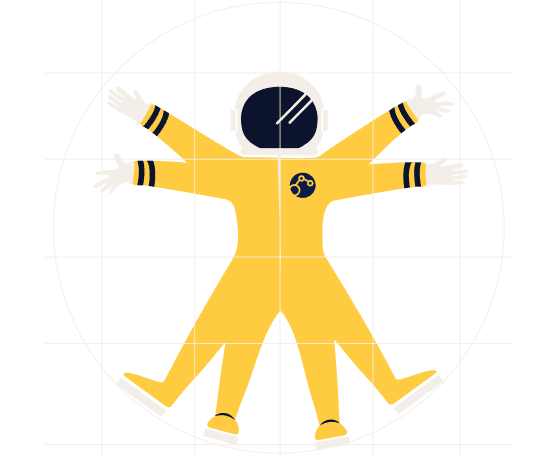
See how we produce optimal AI solutions for our clients.

Our product brings a new healthcare claims management approach with AI-driven capabilities. It streamlines claim processing and reduces denials, improving efficiency and financial outcomes for healthcare providers.
Published: February 16, 2024
EyeAI 👁️ is a SciForce product, transforming your existing cameras into a smart system for optimizing space and managing queues. Get real-time insights into visitor behavior for better space use and personalized service in retail, healthcare, HoReCa, and public safety—no new hardware needed.
Published: February 8, 2024
Our project aims to enable insurance companies to analyze roof damage through photos. Users can upload images of their roofs, and our system will assess the damage, identifying its location, size, shape, and type.
Published: January 12, 2024In the recent decade, as people have moved away from desktops to mobile devices, their consumption patterns have undergone significant transformation. One of such changes is the boost of video consumption from smartphones, which prompted mobile video advertising. Today, by creating a video tailored for mobile devices and the behavior of mobile users, advertisers can now achieve successful performance. At the same time, though growing in popularity, videos become shorter: in 2016, the average video length was 13.14 minutes, in 2017 6.07 minutes, and in 2018 it shrank to 4.07 minutes. So how is it possible to cut videos maintaining the content significance, and adjusting it to the viewer’s preferences? The answer seems obvious: you need to make your videos shorter and more content-intensive. But the reality is not that straightforward: each platform requires its format, length, and size, so you end up creating tons of video materials.
Published: August 17, 2023Visualization of pathological processes plays a crucial role in establishing most clinical diagnoses. However, sometimes the results could be controversial. Various factors influence it: the quality of the equipment, lack of medical skills and knowledge, limited time, etc. One of our clients decided to develop an algorithm for a medical image segmentation solution to distinguish between normal and abnormal chest X-rays (CXR) images. Read on to find out details.
Published: August 2, 2022